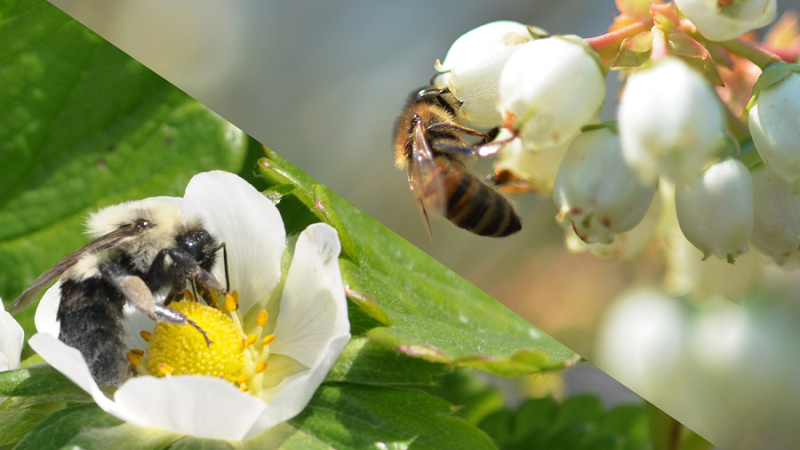A Better Understanding Of Biocontrol
As editors, we get the opportunity to participate in some pretty cool things happening in our industry. I had a chance in January to sit on an advisory panel for RosBREED 2, an industry breeding program that’s coming up with ways to use the latest techniques to deliver new varieties that possess both resistance to key diseases and highly desirable quality traits. Imagine new apple varieties resistant to scab, blue mold and fire blight that also have the appearance, aroma, texture, flavor, and shelf life consumers want.
You can read a little about my day at the RosBREED 2 Advisory Panel meeting here.
But breeding programs aren’t the only resources out there to help you manage pests. Whether it’s due to regulation, customer requests, or your own commitment to your workers and the environment, you’re probably looking for “softer” materials to add to your crop protection program. One of the newer technologies in this area, biocontrol, is something our editors have been following closely for a while now. Many of you are exploring a mix of biocontrol and conventional products, especially late in the season when residues are a big issue.
But as we talk to readers, there still seems to be a lot of uncertainty about how biocontrols work, the best ways to use them, and how effective they actually are. We believe more information is needed for everyone to make the best decisions for their own operations.
To help fulfill American and Western Fruit Grower’s mission to serve as a resource that helps you and your business, our parent company, Meister Media Worldwide, is hosting the Biocontrols 2015 Conference and Tradeshow in Fresno, CA, March 3-5, 2015.
We’ve put together what we think is an excellent program of hands-on production information by experts in the industry from Extension educators to knowledgeable allied industry members and regulators, to your grower peers themselves. The educational program will cover the ins and outs of the technology and how it may impact you next season and in the years to come. A large proportion is dedicated to topics of interest specifically to you as fruit growers. Some of the highlights include:
• Paramount Farming’s Brad Higbee on how the company uses biocontrol in its nut orchards – and why.
• Oregon State University’s Ken Johnson on new techniques for incorporating biocontrol in managing fire blight.
• Consultant David Holden on the impact drought is having on crop protection programs in California and the implications that has for your future.
• AMVAC’s Cindy Baker Smith on Maximum Residue Levels (MRLs) and how biocontrols can help you manage MRL requirements in your crops.
There’s a lot more on the program for fruit growers and PCAs, as well as an opportunity to learn about new biocontrol products and processes during the tradeshow portion of the event.
To learn more about the event and how you can register, go to BiocontrolsConference.com. We hope we’ll see you in Fresno in March.











